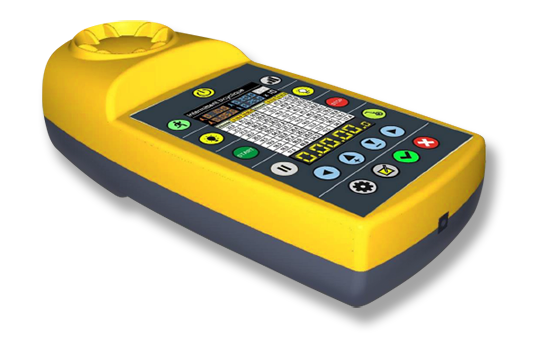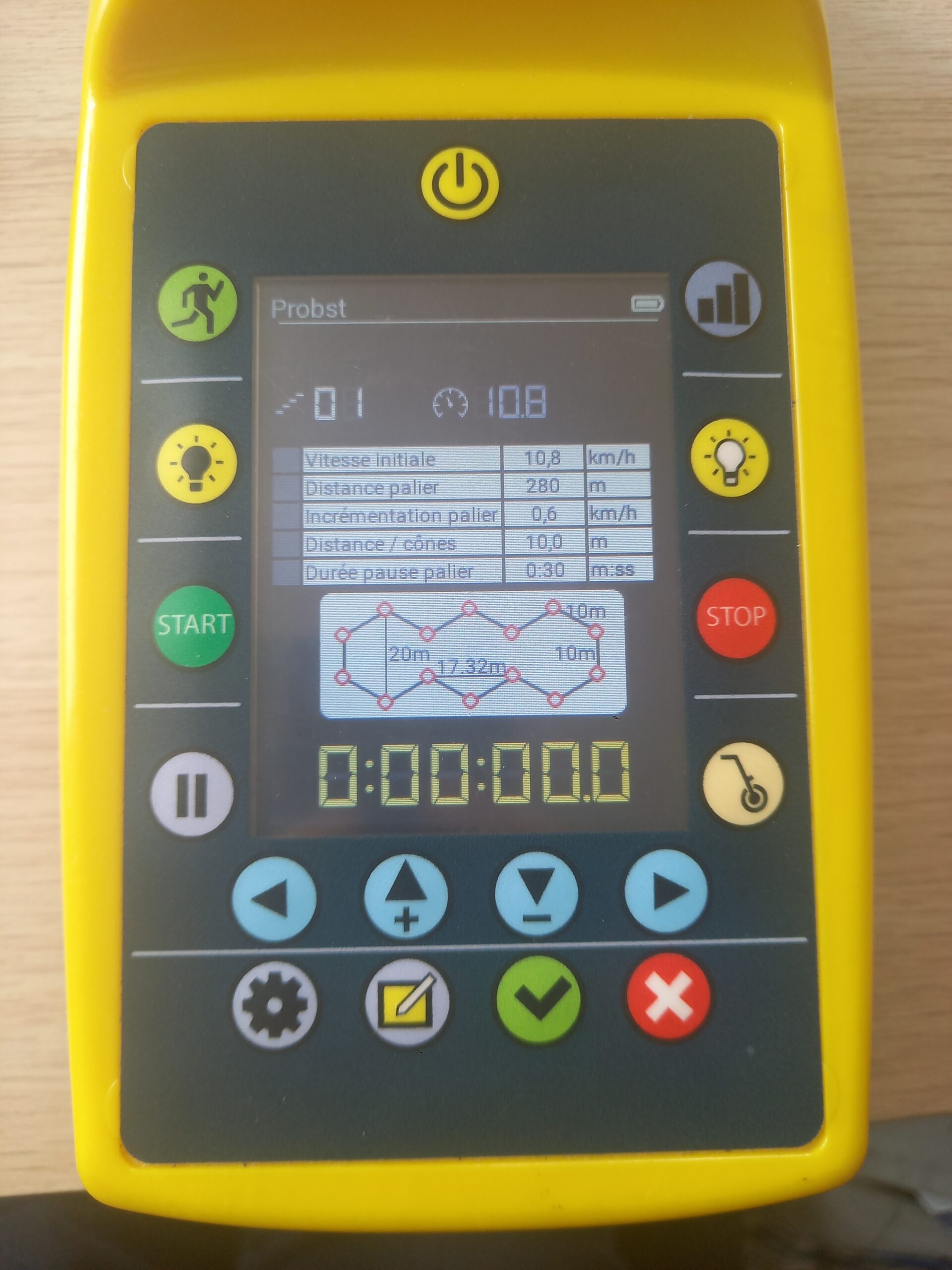In this article, we’ll look at the Probst test, an invaluable tool used to assess the Maximum Aerobic Speed (MAS) of athletes, as well as other well-known tests such as the Vameval test and the 45-15 test. VMA is an essential measurement for any fitness trainer or sports coach, as it enables training programs to be tailored to the specific abilities and needs of each athlete. The main aim of VMA assessment is to help athletes progress, while minimizing the risk of injury.
1 Introducing the Probst test
The Probst test is a standardized protocol used to estimate an individual’s VMA. It generally consists in performing a progressive effort over a set distance, often on an athletics track or flat terrain. During the test, running speed is gradually increased at regular intervals until the participant reaches his or her maximum pace. The data collected during this test can be used to determine the speed at which an individual can maintain maximal aerobic effort over a prolonged period, which is essential for planning training sessions.
2 Equipment required for the Probst test
No special equipment is required to perform this test. All you need is
- 14 studs
- A soundtrack (le Sportbeeper)
3 Probst test procedure
The Probst test is a specific protocol designed to assess intermittent Maximum Aerobic Speed (MAS). Unlike other tests which take place on a straight athletics track, the Probst test incorporates changes of direction by adding cones every 10 meters. This simulates playing conditions closer to those encountered in many sports, where athletes often have to change direction quickly.
The field on which the test is performed must be laid out according to a precise pattern, with a total distance of 140 meters. The initial test speed is set at 10.8 km/h, representing a moderate intensity to start the test. At each level, participants cover a distance of 280 meters, equivalent to 2 laps of the course. After each level, participants are given a 30-second break for partial recovery before moving on to the next level.
The step increment is 0.6 km/h at each stage of the test. This means that speed increases progressively with each step, testing participants’ maximum aerobic capacity. This gradual increase in intensity enables us to assess the athletes’ ability to maintain a high running pace despite fatigue.
Translated with DeepL.com (free version)

4. Advantages / Disadvantages
Advantages
High capacity: Thanks to the arrangement of the 14 studs at regular intervals, this test can be performed simultaneously by a large number of players. In fact, up to 3 participants can be placed on each stud, enabling over 40 players to be tested at the same time. This high capacity is particularly advantageous for group testing, as is often the case with sports teams.
Resemblance to playing conditions: Another strength of the Probst test lies in its ability to reproduce the efforts made during a soccer match. By incorporating changes of direction and imposing increasing intensity, this test realistically simulates the physical demands encountered on the pitch during a real competition. As a result, the results obtained are more representative of players’ performance in game situations.
Disadvantages :
Complexity of set-up: The main difficulty associated with the Probst test lies in its set-up, which must comply with specific constraints to guarantee its validity. The layout of the field and the layout of the blocks must be meticulously designed to ensure the accuracy of the measurements and the safety of the participants. This logistical complexity can make test implementation more demanding, requiring thorough advance planning.
Limited use: Despite its advantages, the Probst test is relatively little used in the field of physical assessment. Its complexity of implementation and specific nature limit its popularity among fitness trainers and sports coaches. However, for those who choose to use it, the Probst test can offer valuable information on a player’s aerobic capacity, despite its low overall use.
The sportbeeper pro is thus the ideal tool for carrying out MAS tests, including the Probst test. Here is a video made by Narcisse Tinkeu:


